The “Muong ma” ceremony (also known as Mang ma) is a major ceremony of the shaman of the Xinh Mun ethnic group. This ceremony is usually held at the beginning of the year, praying for the health of the villagers, favorable weather, good crops, and bountiful harvests. The “Muong ma” ceremony represents the unique spiritual culture of the Xinh Mun ethnic group, contributing to the preservation and promotion of ethnic cultural values in Son La .
Mr. Vi Van Lech, Vice Chairman of the People's Committee of Phieng Pan Commune, Mai Son District, informed: The commune has 12/17 villages where the Xinh Mun ethnic group lives, accounting for more than 70% of the commune's population. The Xinh Mun ethnic group does not have a written language, but has its own language, many customs and practices of the Xinh Mun people are still preserved, including the "Muong ma" ritual.
The Muong Ma ritual has 2 shamans: 1 sponsor shaman (a shaman who has practiced for many years) and 1 sponsored shaman (a sick shaman); maternal relatives; descendants in the family, clan, adopted children of the sponsor shaman and people in the village.
Mr. Lo Van So, Secretary of the Ta Vat village Party Cell, Phieng Pan commune, informed: Previously, the ceremony lasted for many days, affecting daily life and production. Now, the ceremony is shortened to 2 days but still retains its traditional features.
To prepare the ceremony carefully, after choosing a good day and month, everyone gathers at the house of the sponsored shaman to make props from wood, bamboo, colored thread, set up the "xang bok" tree, and worship room to hold the ceremony.

The “Xang bok” tree symbolizes the heavens and earth and is considered the center of ritual activities. A bamboo tree about 4-5m long is brought back to be used as a pillar to erect the “Xang bok” tree in front of the altar of the sponsored shaman’s ancestors. On the tree, there are tied with ropes of “bông khai” (a type of wild vegetable), “ban” flowers, “pomegranate” flowers, rice flowers made of bamboo leaves, 4 bamboo panels woven in the shape of fish bones, and hanging swallows, fish, and cicadas made of bamboo and wood. At the base of the tree, there are tied 2 wooden sticks, 2 bitter bamboo shoots, 2 jars of “can” wine. People also weave items symbolizing daily life, labor, and production, such as 2 wooden stilt houses, umbrellas, plows, harrows, rakes, animals, etc.



The “Mương ma” ritual consists of a ceremony and a festival intertwined. The shaman invites the gods to attend the ceremony, blesses the homeowner and takes on the responsibility of being the homeowner’s godfather; prays to ward off bad luck for the person being sponsored and prays for the health of the villagers; invites the gods to enjoy the blessings, sends the gods to heaven and ends the ritual. After each ceremony, the sounds of drums, gongs, “ban sang”, “tang bu” resound in harmony, the villagers dance together and perform games such as boat pulling, sword fighting, plowing, tug of war, egg picking, beehive catching, etc. After that, the family opens a jar of rice wine and invites everyone to drink, praying for the health of the sponsored shaman and the health of the villagers.


Mrs. Lo Thi Muon, teacher mo A long-time resident of Ta Vat village, shared: According to the beliefs of the Xinh Mun people, each shaman usually has a senior shaman as his mentor, so when starting to practice, he must have a ceremony to receive his mentor, called the health-praying ceremony. After that, every 5-10 years, this shaman must organize the Muong Ma ceremony once to pray for his health and peace. In addition, he also prays for the villagers to be healthy, for favorable weather, for good crops, for the livestock to be disease-free, and to reproduce. This is a ceremony that we have preserved to this day, an opportunity for children and adopted children to show their respect to their grandparents, ancestors and their guardian deities.


To preserve and promote the unique cultural values of the Muong Ma ritual, the provincial Department of Culture, Sports and Tourism and the provincial Museum have organized audio and video recordings, collected and preserved tools and documents related to the ritual. Written books and made detailed scientific records of this ritual. At the same time, oriented and impacted to eliminate cumbersome elements, selected elements with cultural values and humanity to promote in life... In 2020, the ritual was recognized by the Ministry of Culture, Sports and Tourism and included in the List of National Intangible Cultural Heritage.
Thu Thao
Source


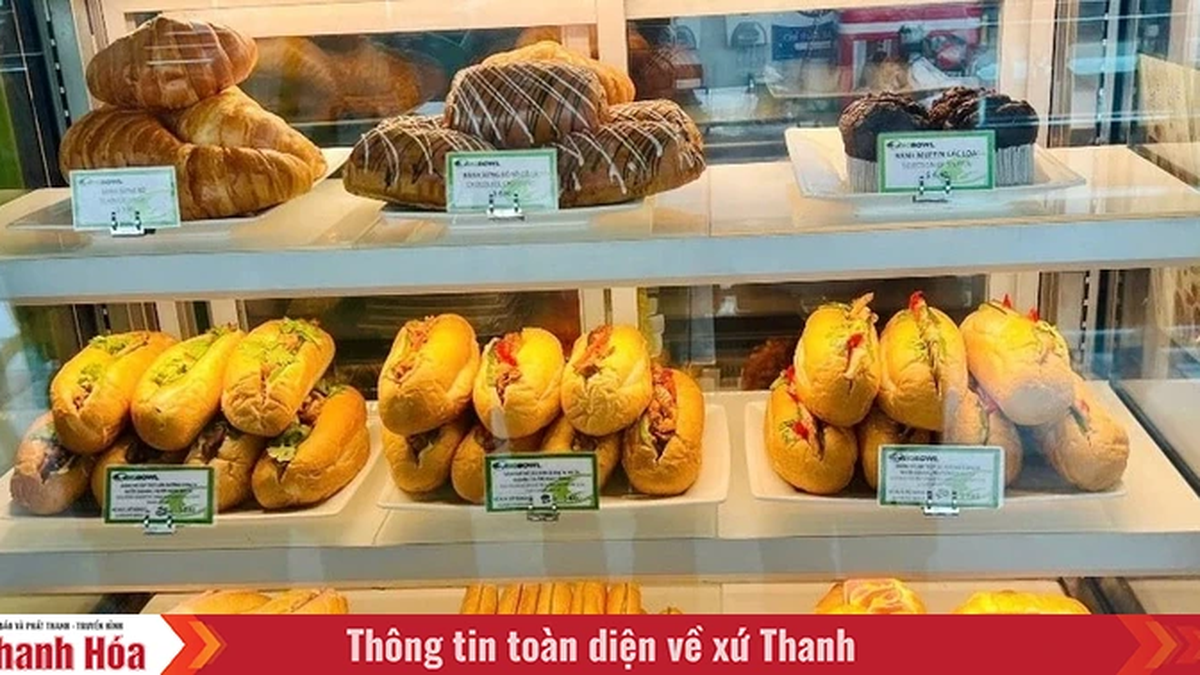
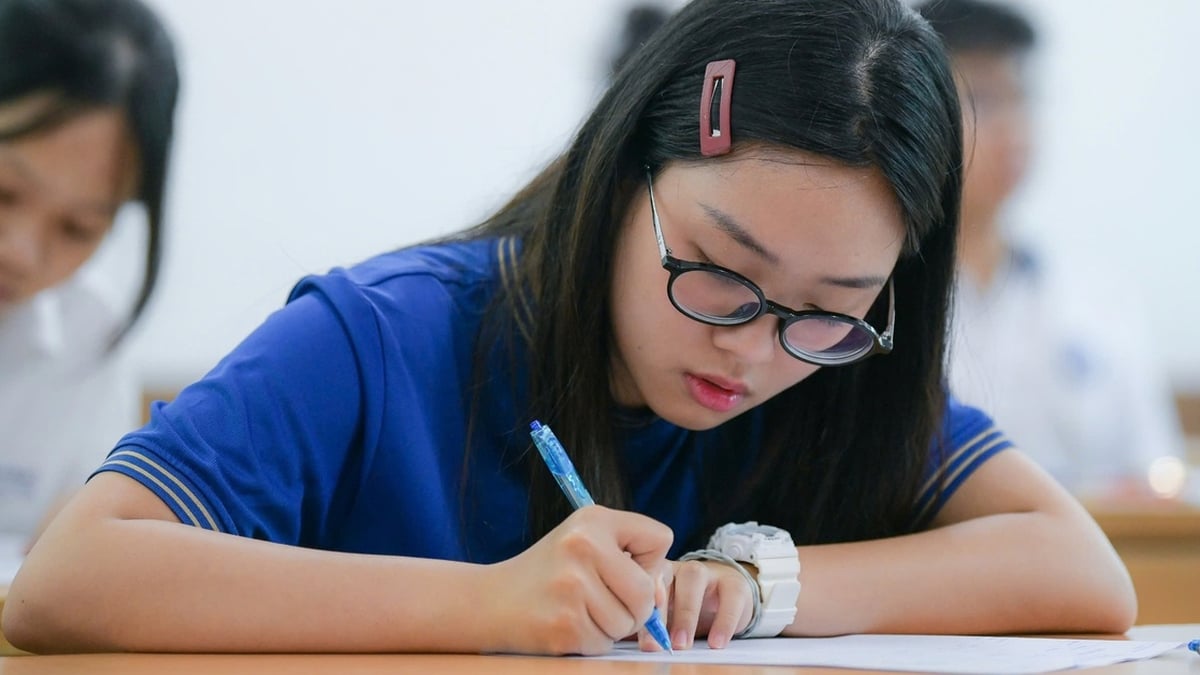
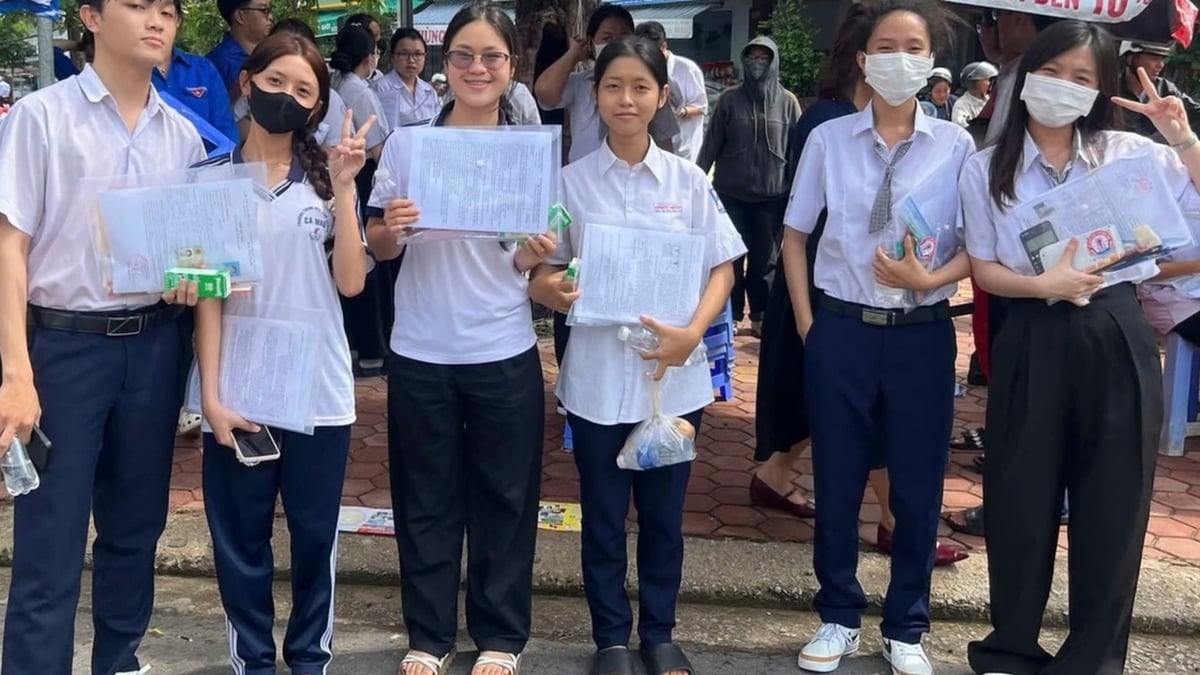
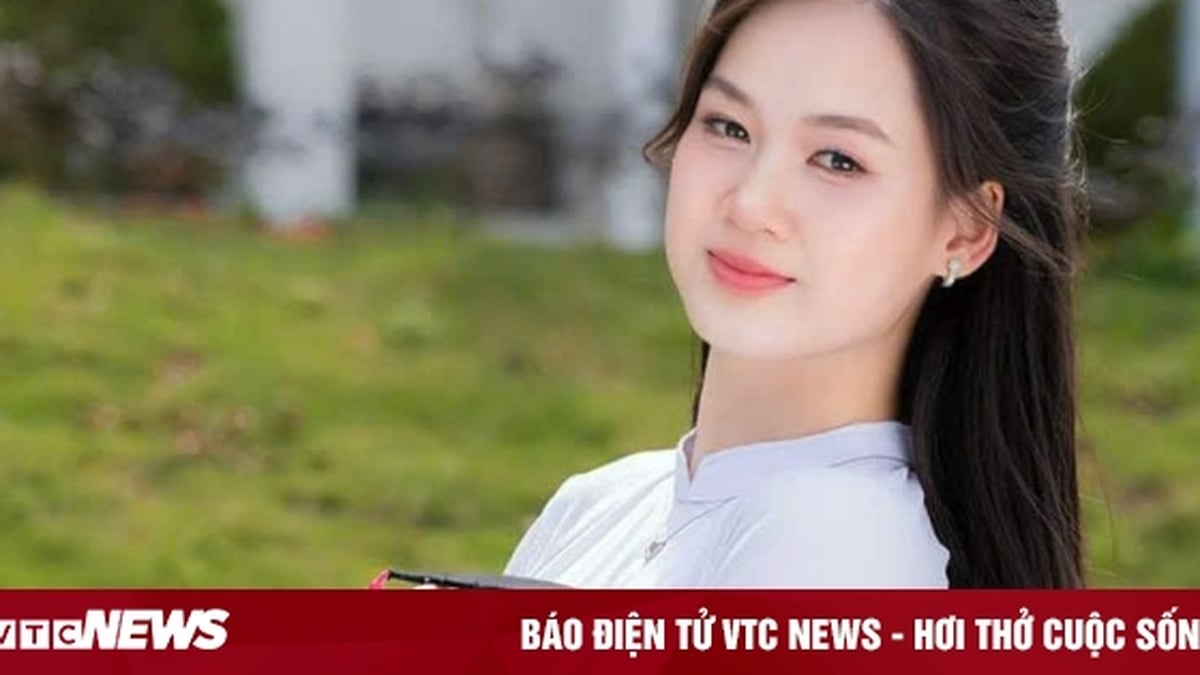



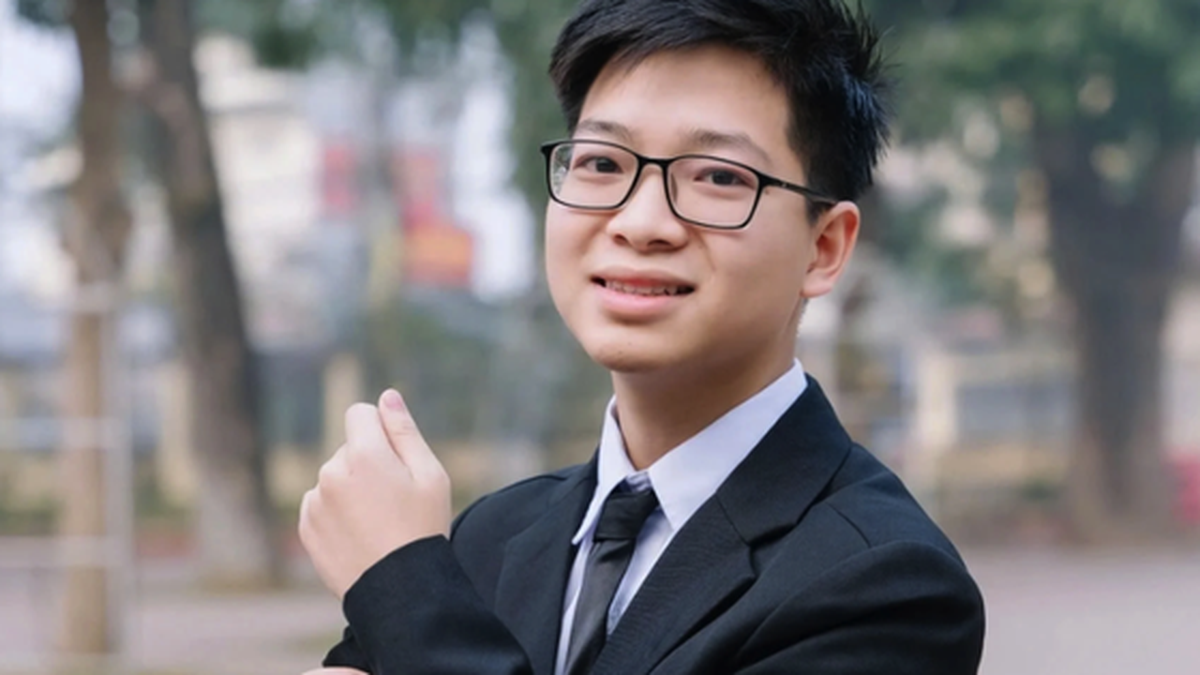
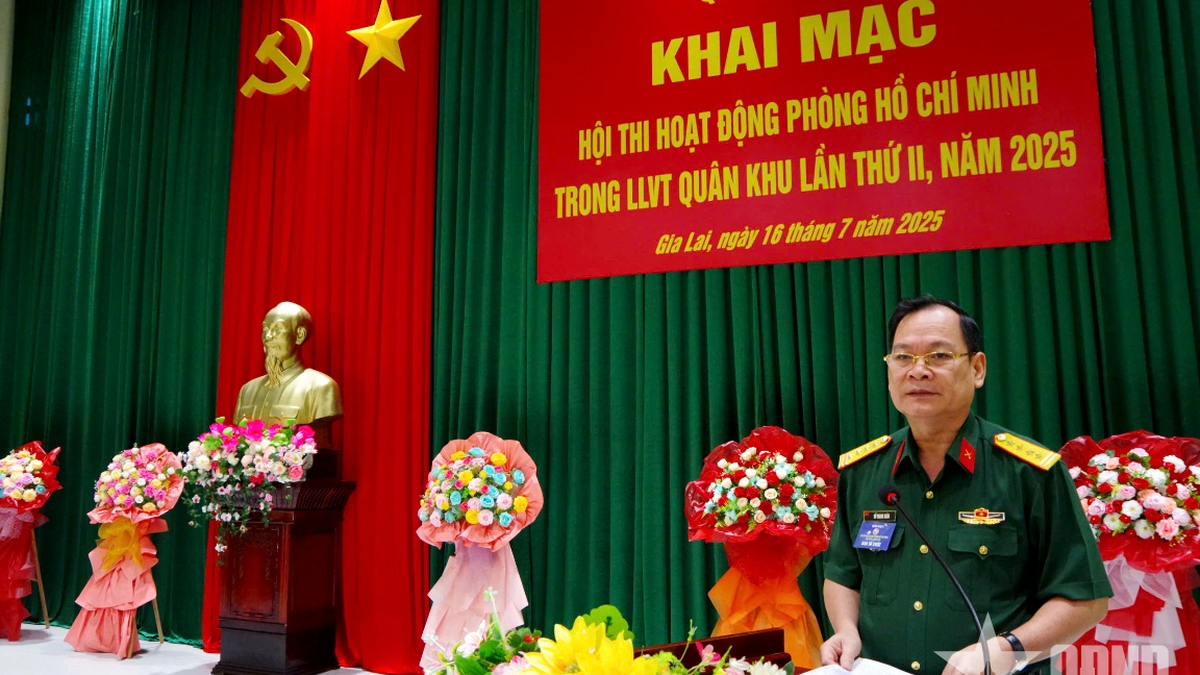



























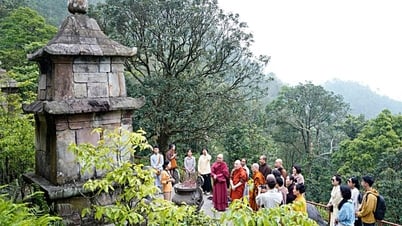





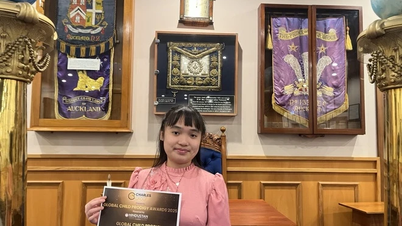
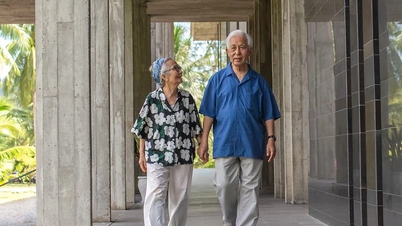

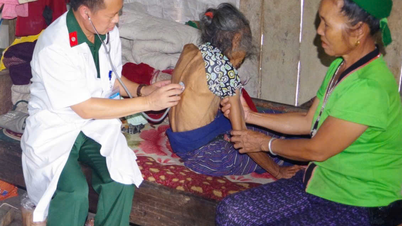







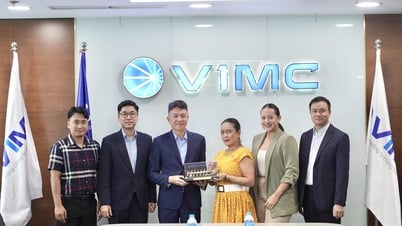




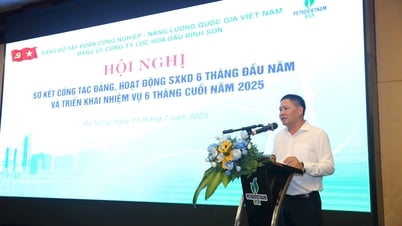

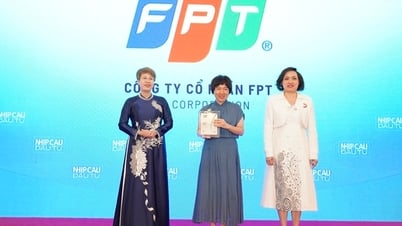

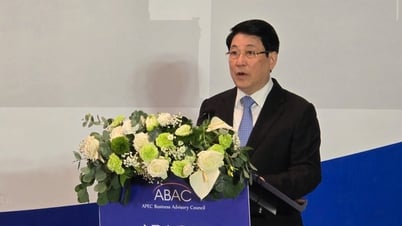

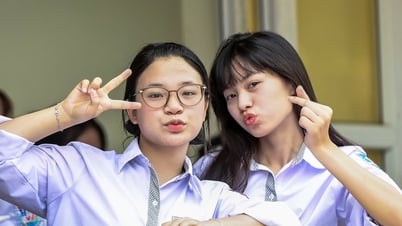
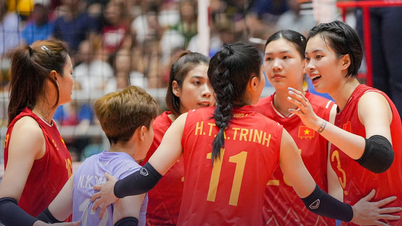

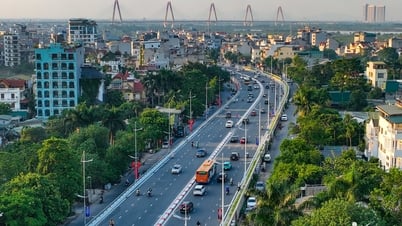
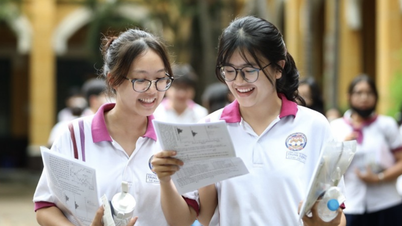





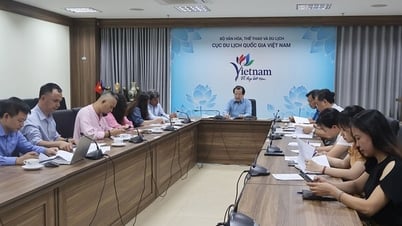
























Comment (0)